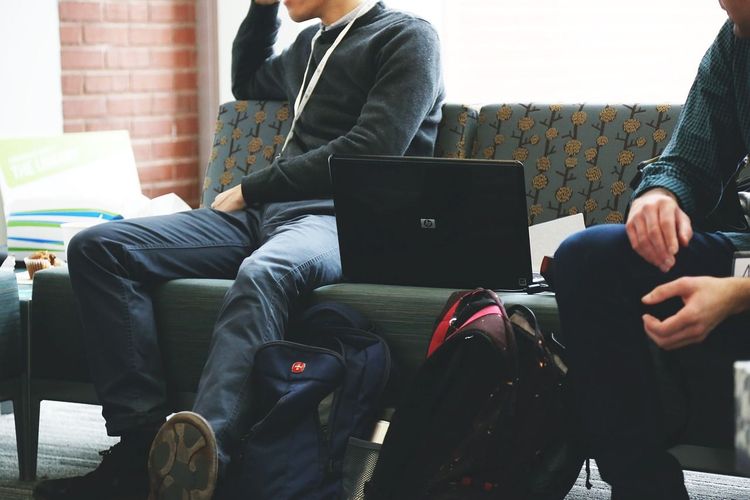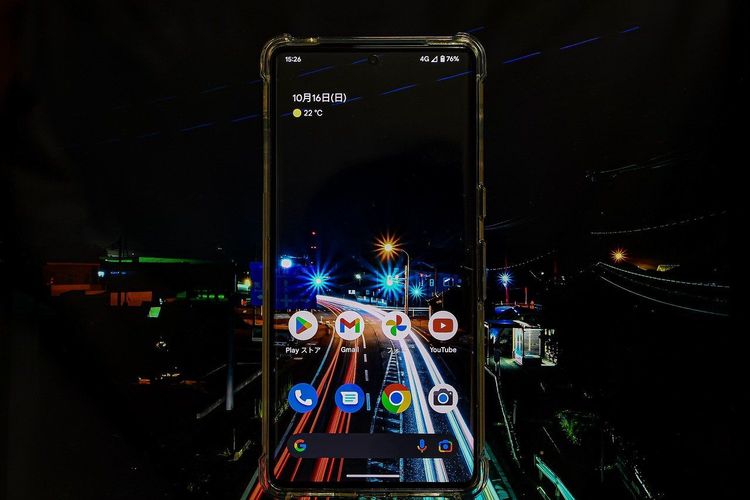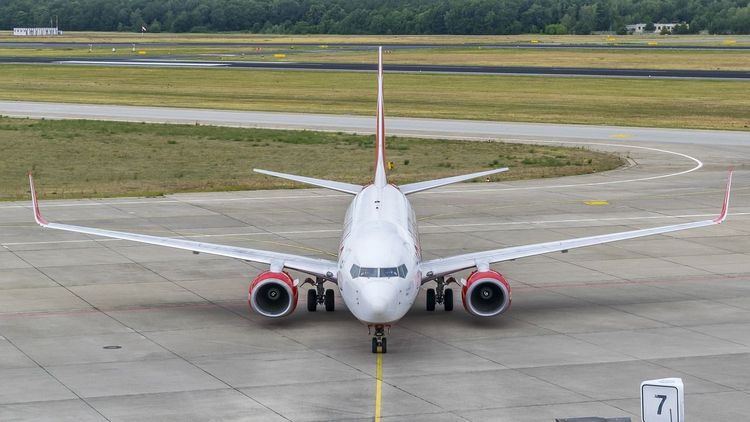Combating AI-Generated Deepfake Scams: Google Labels AI-Generated Images in Search Results
Most people like

Discover an AI-powered garden design app that generates thousands of innovative ideas for transforming your outdoor space. With advanced features and personalized recommendations, this app makes it easy to envision and create your dream garden. Unleash your creativity and explore endless possibilities for garden design today.

Discover the ultimate AI tool designed to streamline your Twitter scheduling and enhance engagement. Perfect for individuals and businesses alike, this innovative solution not only organizes your posts but also optimizes them for maximum interaction. Experience a smarter way to connect on Twitter and elevate your online presence.

In the digital age, creating unique and engaging content is essential for standing out online. An AI content rewriter, spinner, and humanizer can transform existing articles into fresh, compelling pieces. By enhancing readability and infusing a human touch, these tools not only improve the originality of your content but also boost its search engine visibility (SEO). Whether you’re a blogger, marketer, or business owner, leveraging AI-driven content solutions can streamline your writing process while effectively capturing your audience's attention.
Find AI tools in YBX




